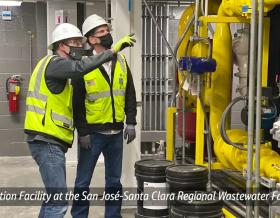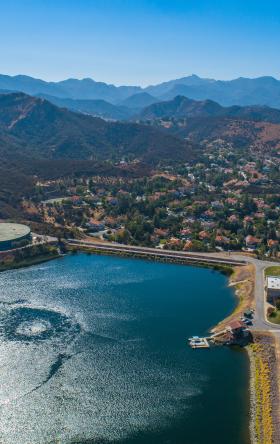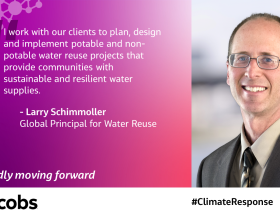
In light of the U.K. Government’s plan to tackle combined sewer overflows, we explore how the issue is being addressed elsewhere and the role for innovative digital solutions.
The United Kingdom’s (U.K.) water sector faces intense pressure from government agencies and the public to address combined sewer overflow (CSO) discharges into rivers and transitional and coastal waters. Recently the U.K. Government published its Storm Overflows Discharge Reduction Plan, which aims to tackle the impacts of sewer overflows in England. The plan is increasing regulatory pressure on the water sector by outlining new CSO reduction targets (Annex 3 of the plan) to protect public health and the environment. Its self-described ambitious proposals will require water companies to deliver large infrastructure programs to achieve the Plan’s targets. The Plan also acknowledges that a growing population, an increase in impermeable surfaces and more frequent and heavier storms because of climate change have increased pressure on sewer networks. This further complicates the challenges faced by water companies.
Water companies are investing in monitoring and analysis to better understand how their combined sewer networks perform, so they can deliver solutions that reduce pollution incidents and improve water quality —between 2020 and 2025, approximately $3.6 billion (£3.1 billion) is being invested in sewer overflow improvements. Companies nevertheless recognize the need for more rapid, effective action.
Are there global lessons learned and best practice opportunities in how to deal with CSOs? Do CSOs attract the same public attention and scrutiny in the U.K. as they do in Europe and North America? Do other countries have mature regulatory frameworks for CSO management, and are they effective? How easy is it to access CSO data and what’s the level of investment? In a recent review, we considered the management of CSOs across the U.K., Europe and the United States (U.S.).
In our review, we found that CSOs in the U.K. do receive a higher level of public attention and are more heavily scrutinized than in European Union (EU) countries, while the U.S. is further ahead in terms of public awareness and stakeholder involvement.
The current regulatory framework set out in EU Directives makes little direct mention of CSOs and expectations or requirements for their management and, as a result, Member States have historically taken different approaches to enacting these in national legislation and guidelines. In a 2016 EU assessment of storm overflows, the U.K. was recognized for its high level of implementation of the directives requirements for CSOs and its application of CSO treatment technologies (e.g. screening, storage tanks) than other countries. However, in terms of the impacts of storm overflows, while it has clear standards in place for designated bathing waters, the U.K. performs poorly in Bathing Water Directive compliance relative to other EU countries.1
Conversely, the U.K. (and Europe) are substantially behind the U.S. in terms of CSO regulation and policy implementation, where the 1972 Clean Water Act and subsequent policies have provided a solid foundation for improved water quality and CSO management over the past 40 years. Governments, cities and water utilities in the U.S. have invested billions of dollars to meet the requirements of the U.S. CSO Control Policy to significantly reduce CSOs and support recreational and aquatic life uses.
Diffuse sources such as agriculture affect 38% of EU surface water bodies. Point sources affect 18% of EU surface water bodies with the main driver being urban wastewater at 12%, and 4% the result of storm overflows2. Diffuse and point sources can have significant long- and short-term water quality impacts respectively. This is an area where water companies and the agricultural sector can work even closer to address agricultural and urban runoff sources, in collaboration with other stakeholders and regulators.
Data collection, visibility and accessibility have improved in England and Wales in the past few years — notably due to public pressure on water companies. However there are also some globally leading practices to celebrate and scale up — such as the real time bathing water notifications available as a result of the Acclimatize study in Wales, which focused on intensive monitoring and modeling for improved water quality predictions and, as a result, safer bathing advice. We see opportunities for the U.K. to leverage lessons learned from the progress that many U.S. cities and states have achieved in managing CSOs over the last four decades. CSO data availability, transparency and ease of access is a common theme in the U.S. CSOs are clearly signposted, data is available online and the public is encouraged to participate in planning CSO management. In fact, it’s a required component of the U.S. CSO Control Policy.
Is enough being done to control CSOs? Is the investment sufficient?
While the U.K. invests in water infrastructure at greater levels compared to other European countries, as highlighted in the EurEau Europe’s Water in Figures, and shares similar annual water costs with a number of other European countries, a comparative analysis on CSO management investment alone is difficult.
Traditionally, constructing conveyance and storage such as the Thames Tideway Tunnel project in London achieves substantial reductions in CSOs. But there’s also a desire to focus on nature-based solutions, in particular following the example of the advanced work in the U.S. and in some parts of Europe. Alternative grey intensive stormwater treatment options, which may also offer space and modularity benefits, have not been widely considered by the U.K. sector to date.
There are great opportunities to realize the wider benefits possible for the management of CSOs with nature-based solutions — inspired by work over recent decades in the U.S. and some European countries such as Germany. Life cycle carbon, wider environmental impact and societal value must be considered in the choices we make, and we must look long term to the wellbeing of current and future generations.
Collaboration and stakeholder engagement is key and in our global review of the management of CSOs, we see inspiring examples — from the artist and architect led visions co-created with civil society for the River Spree in Berlin to neighborhood CSO level stakeholder consultation with local community groups in the U.S. The U.K. water sector has great opportunities to do this through consultation within water resource and drainage wastewater management plans and there are opportunities to make this engagement proactive, at a true community level, fun and informative. By introducing smart technology and sensors into the wastewater network, water companies can understand how their systems are performing in real time, alerting operators to potential incidents and avoiding damaging spills, floods, blockages and discharges. U.K. water companies are investing in and implementing state-of-the-art monitoring systems, data analytics and optimization. This is a space where water companies could go further and work towards a complete catchment wide digital integration of sewer, clean water and surface water networks and assets.
This is a topic that was featured during the International Water Association’s World Water Congress in Copenhagen. Jacobs sponsored the conference and hosted a business forum, Overflow Control in the Digital Age. This session highlighted best practices in managing and mitigating CSOs and the digital innovations available to tackle additional CSO concerns such as safety, cybersecurity and workforce limitations. We expect that digital tools will be required to not only help optimize solutions but also demonstrate the benefits delivered and provide assurance to regulators and customers.
As the frequency and severity of weather events intensify, and populations grow, there will be increasing pressure on governments and cities around the world to transform aging infrastructure into more resilient systems. The CSO challenge is a key example of how climate change is exacerbating the deficiencies in our existing infrastructure — but that innovative solutions already exist to mitigate the impacts.
About the authors

Bill McMillin is the global technology leader for wet weather and collection systems management at Jacobs. He leads a global community of practice of over 400 practitioners. He is a graduate of Manhattan College in New York City and a professional engineer with over 30 years of experience in water resources, drinking water and wastewater engineering. Bill has served as program manager, project manager and subject matter expert for over 70 projects worldwide related to the management of collection systems, water and wastewater treatment, surface water quality, integrated planning, environmental contamination, sustainability, and climate risk and resilience.

Amanda Lake is Jacobs' head of carbon and circular economy - water Europe. Amanda has 17 years’ experience delivering a wide breadth of technical projects focused on the urban water cycle in Europe and Australia, including water and wastewater treatment, water reuse, emerging contaminants, resource efficiency and recovery. Amanda has spent the past 10 years leading multidisciplinary engineering teams and process teams – delivering technical programs, strategic schemes, design projects and site process investigations.

Stathis Giannoustas is a project manager at Jacobs and chartered civil engineer with over 14 years of experience developing and delivering flood alleviation, surface water management, and water and wastewater infrastructure projects. He earned an MSc in Environment Management from the National University of Singapore and MSc in Geoenvironmental Engineering from the University of Wales, Cardiff.
You might be interested in...
-
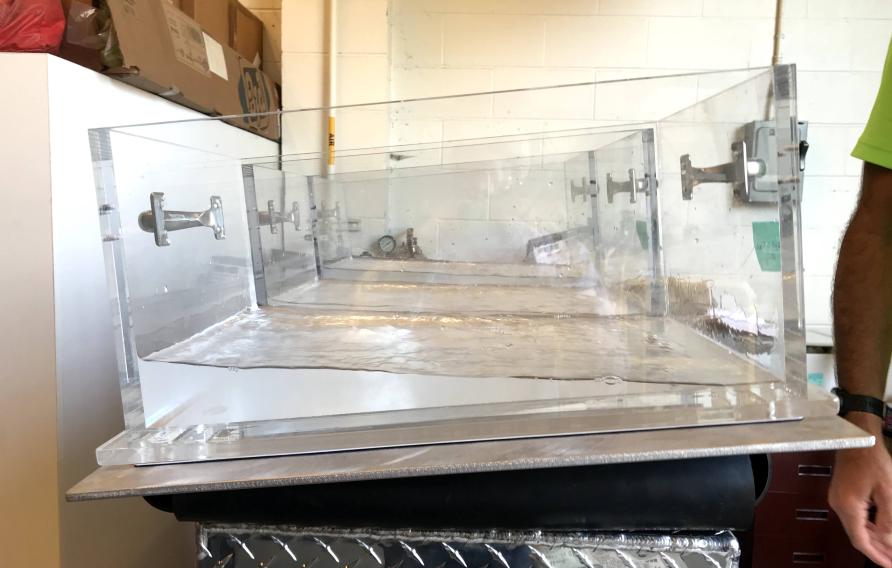 News
NewsTo Flush or Not to Flush: Jacobs Client Grapples with Key Cause of Sewer Clogs
For two decades, consumers have been sold flushable wipes, but flushable does not translate to digestible. Read how one of Jacobs’ key clients is helping other agencies deal with their sewer nightmares, while also enlightening consumers, manufacturers, retailers and agencies about the reality of flushable wipes.
-
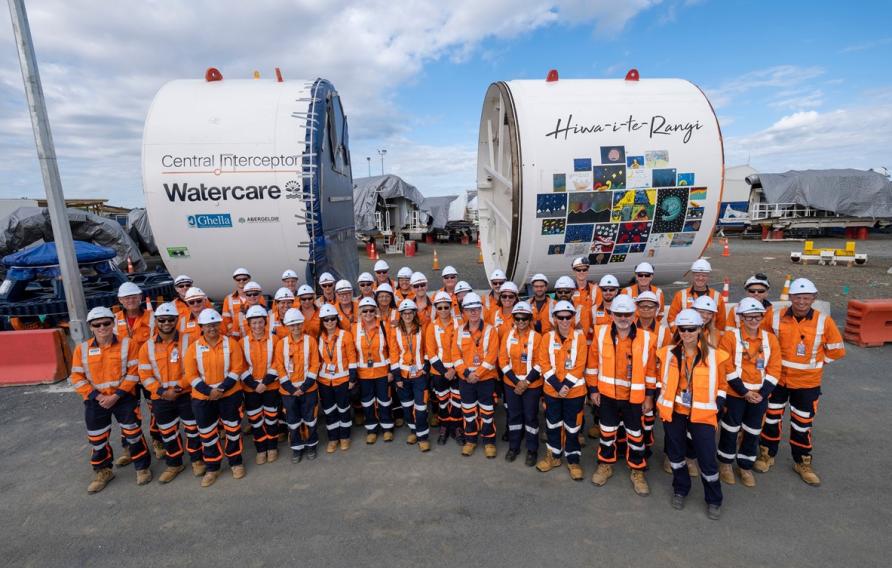 Showcase
ShowcaseCentral Interceptor Largest-Ever Wastewater Project
Central Interceptor, the supersized wastewater tunnel, will play a crucial role in ensuring cleaner waterways for central Auckland, New Zealand.
-
 News
NewsIs it Feasible to Transform a New York City Jail into a Wastewater Resource Recovery and Renewable Energy Hub?
New York City is studying whether it can reimagine the future of Rikers Island — currently a jail complex — into a wastewater resource recovery and renewable energy hub that could free up precious land for urban transformation.





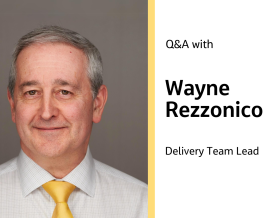




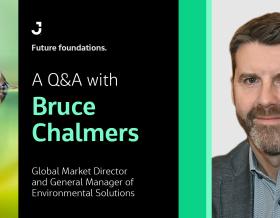

2c4e.jpg?h=c7c14dee&itok=FmPI2126)


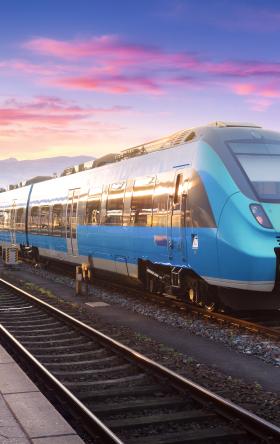















_0ac2b.jpg?h=8a6d63f3&itok=5vsqFiQH)

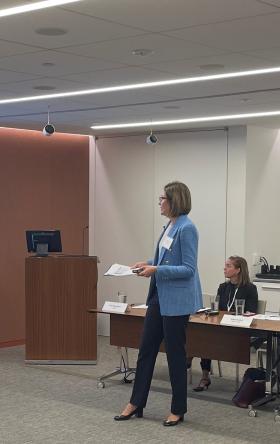







2747.png?h=1314d3d4&itok=rFs9mG95)

